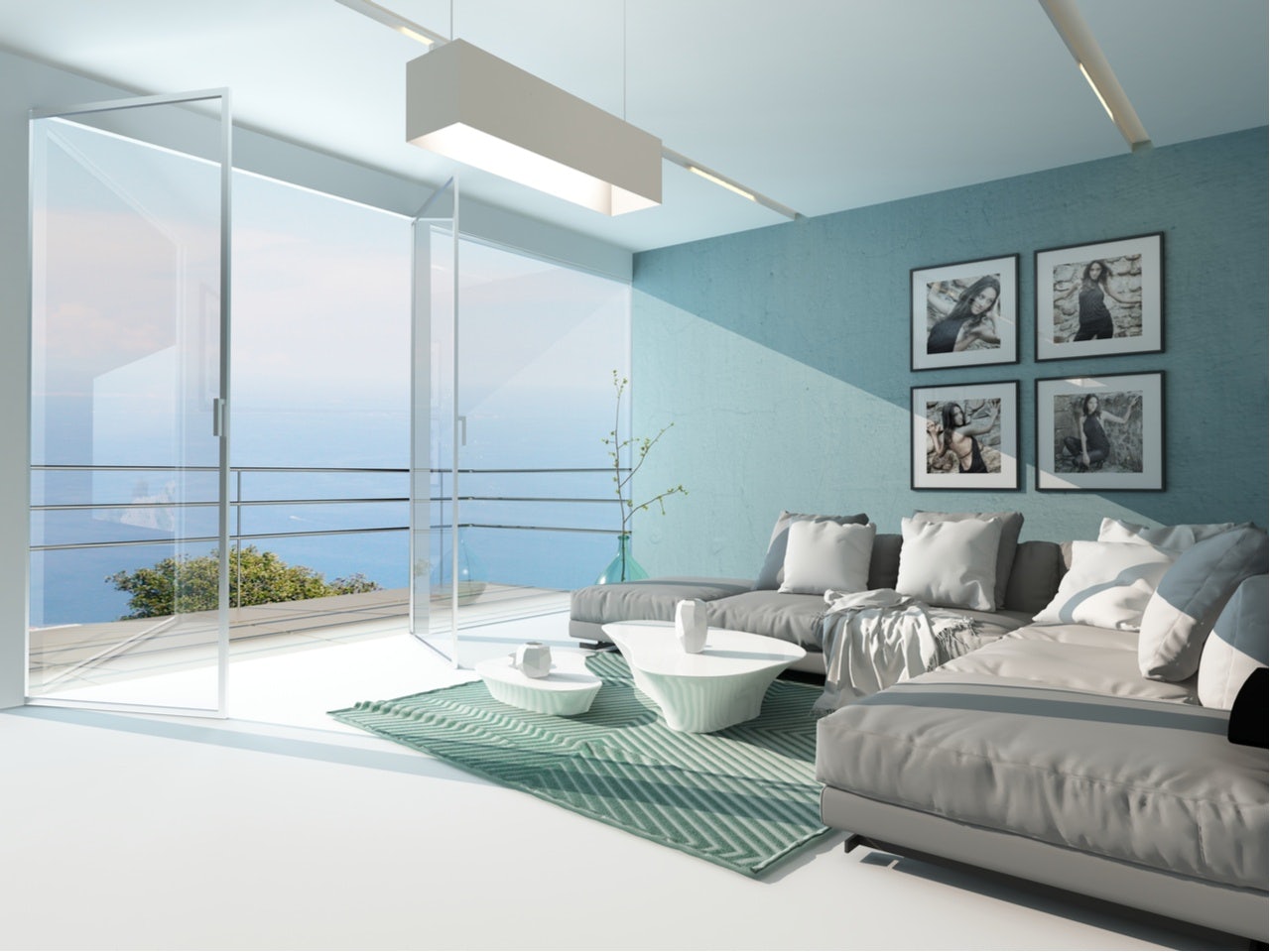There are periods when industries are forced to rethink how they market to their customers, and for the luxury property industry, this is one of those moments. Reporting on the crisis facing international property developers in New York, the Financial Times highlighted that wealthy Chinese investors have been pouring 5.4 billion into luxury property since 2015, with that number rising to an all-time high of 8.8 billion in 2016.
But following Chinese government intervention and a crackdown on mainland Chinese investor spending overseas, investment levels fell into a big slump (an average of merely in the low hundreds of millions of dollars) during 2018. Because of this, the pressure is on international property developers and brokers to figure out more sophisticated and elegant ways to engage Chinese investors who are now more cautious but are still keen on buying luxury properties — if the buying experience is right.
As luxury moves from goods and services to unique experiences, the ultra-wealthy now insist that their most precious possession — time — be maximized in every way possible. That means in order to seduce highly-discerning buyers, one has to operate within a short window of time. Having a crystal-clear strategy that is built around the brand and reaches beyond simply “location, location, location” is key.
Selling luxury property to wealthy Chinese through intermediary sales agents and online sites such as, Juwai remain common paths for purchasing, however, the ways in which sellers promote and market property inventory must evolve to keep pace with ever-changing technologies, and they must stay aware of affluent buyers’ most current ‘need states’ — in other words, their most common behavior triggers. What are those need states? Today they include a desire for residencies built with bigger purpose and vision, offering well-being, sustainability, and genuine experiences.
Property brands, like luxury brands, need to define and articulate why they’re truly different, unique, and desirable. Finding and defining brand purpose is about discovering authentic stories about the building: its environment, the craftsmanship, the use of exquisite materials, the architect’s personal vision, and the character and culture of the neighborhood. Together, these attributes can help sew together a genuinely persuasive brand story.
A great example of this approach can be seen in a seven-story, seven-residence condominium at 152 Elizabeth Street in Manhattan’s Nolita district, designed by the Pritzker Prize-winning Japanese architect, Tadao Ando. His vision was to design a building that didn’t overpower the characteristics of the surrounding buildings by using traditional building materials from this century: concrete, glass, and metal. Yet the overall experience Ando creates is a meditative retreat from the hectic pace of urban life, from the sound of a water wall greets you upon entering the building to the delicate butterfly joints that affix the sustainable wood floorboards together in the apartments. This, among many other fastidious details, forges one of the more unique settings available to modern city-dwellers. That uniqueness, in turn, builds more demand for the property.
Affluent and discerning Chinese buyers are the most tech-savvy customers in the world, and they expect singular and enriching experiences from luxury brands, especially ones with larger price tags. The country’s unique digital ecosystem gives luxury property brands an opportunity to deliver immersive experiences with content that is richly produced and presented with interactive elements to help keep customers engaged. By learning from emerging luxury apps like Live Auction Art, international luxury property developers and their creative agencies can adopt new technologies and build new platforms that customize and personalize the entire marketing journey — from initial mobile contact to the physical sales center. Today, it’s the best and perhaps the only way to separate yourself from the competition.
Tim Hill is Client Services & Development Director at Noë & Associates.

